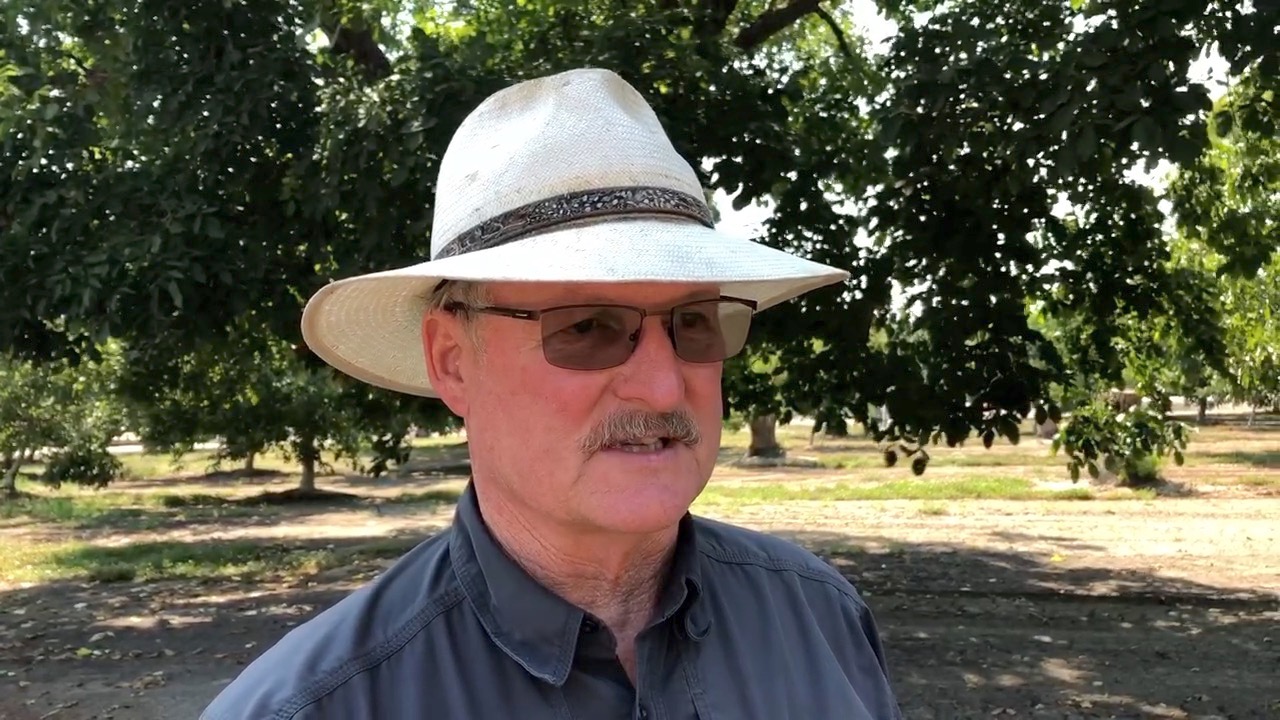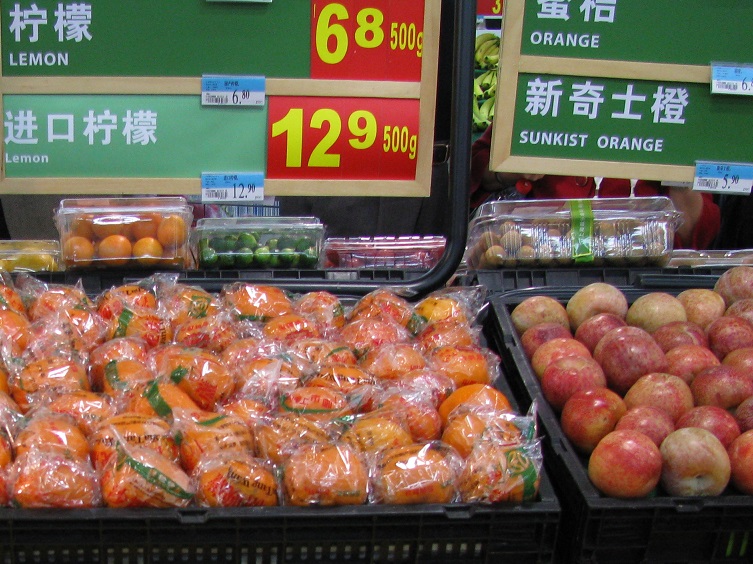Almond Alliance Helps Growers with Advocacy
Almond Alliance Lent a Hand on Tariff Relief
By Jessica Theisman, Associate Editor
Like many agricultural sectors, almond growers have also been affected by recent tariff wars. However, almond growers have a true friend in the Modesto-based Almond Alliance.
“We are definitely an advocacy organization, that is the core of what we do,” said Elaine Trevino, president of the Almond Alliance.
“The Almond Alliance educates our legislators, their department officials and cabinet about issues that are important to the almond industry. It is very critical that our elected officials, specifically the urban [ones] that are not familiar with agriculture, understand agriculture. They need to understand … the inputs and the natural resources needed for agriculture, and also understand the best practices that we put into place to be good corporate and small businesses,” Trevino said.
“Obviously with almonds, you have hulls and shells and the biomass that comes with almonds, and so we focus on all aspects of that,” she explained.
Almond growers are being affected by tariffs increases into China. Beginning on April 2nd, the first 232 retaliatory tariffs was seen that affected China. Since then, our turkey has also been affected by the tariffs.
The almond industry exports 67 percent of its production to more than 100 countries.
“Looking at export markets and how they impact the industry is critical. Secretary Purdue came out with the mitigation package,” Trevino said.
The almond industry fought very hard to be included in direct payments. While many say it’s just three cents a pound, the allocation to almonds was $63.3 million.
“It’s our intention that the alliance fight for every penny of that goes back to the growers, and if they are not eligible for the direct payments, then we’ll make sure that they receive it through market promotion that will help move their product and hopefully get those prices back up if they haven’t been affected,” Trevino said.

























